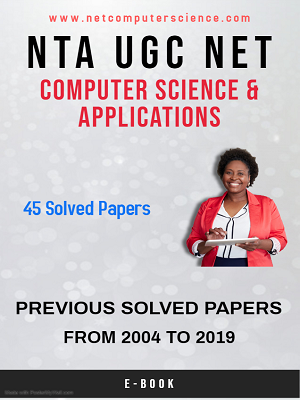1. Teacher uses
visual-aids to make learning:
(A) simple (B) more
knowledgeable
(C) quicker (D) interesting
Answer: D
2. The teacher’s
role at the higher educational level is to:
(A) provide information to students
(B) promote self-learning in students
(C) encourage healthy competition among students
(D) help students to solve their personal problems
Answer: B
3. Which one of
the following teachers would you like the most:
(A) punctual
(B) having research aptitude
(C) loving and having high idealistic philosophy
(D) who often amuses his students
Answer: B
4. Micro teaching
is most effective for the student-teacher:
(A) during the practice-teaching (B)
after the practice-teaching
(C) before the practice-teaching (D)
none of the above
Answer: A
5. Which is the
least important factor in teaching?
(A) punishing the students
(B) maintaining discipline in the class
(C) lecturing in impressive way
(D) drawing sketches and diagrams on the black-board
Answer: A
6. To test null
hypothesis, a researcher uses:
(A) t test (B) ANOVA
(C) x2 (D)
factorial analysis
Answer: B
Explanation:
A hypothesis is a speculation
or theory based on insufficient evidence that lends itself to further testing
and experimentation. With further testing, a hypothesis can usually be proven
true or false.
A null hypothesis is a
hypothesis that says there is no statistical significance between the two
variables in the hypothesis. It is the hypothesis that the researcher is trying
to disprove.
An alternative hypothesis
simply is the inverse, or opposite, of the null hypothesis.
Analysis of
variance (ANOVA) is a collection of statistical models used to analyze
the differences among group means and their associated procedures (such as
"variation" among and between groups), developed by statistician and
evolutionary biologist Ronald Fisher.
7. A research
problem is feasible only when:
(A) it has utility and relevance
(B) it is researchable
(C) it is new and adds something to knowledge
(D) all the above
Answer: D
8. Bibliography
given in a research report:
(A) shows vast knowledge of the researcher
(B) helps those interested in further research
(C) has no relevance to research
(D) all the above
Answer: A
9. Fundamental
research reflects the ability to
(A) Synthesize new ideals
(B) Expound new principles
(C) Evaluate the existing material concerning research
(D) Study the existing literature regarding various topics
Answer: B
10. The study in
which the investigators attempt to trace an effect is known as:
(A) Survey Research (B)
‘Ex-post Facto’ Research
(C) Historical Research (D)
Summative Research
Answer: B








0 Comments